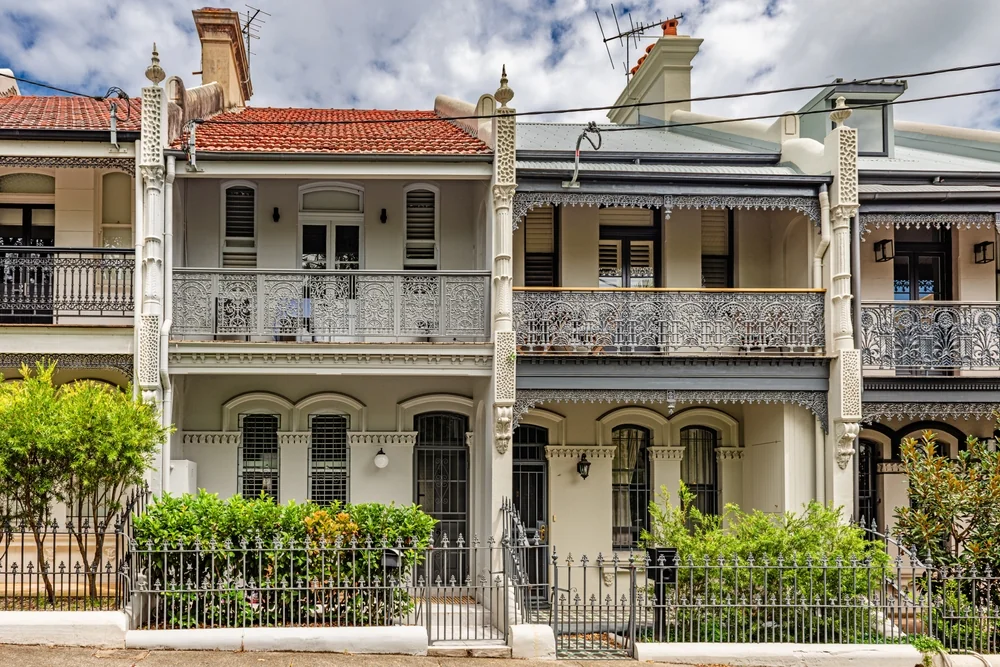Australia’s heritage homes, from Federation cottages in Sydney’s Inner West to Victorian terraces in Melbourne and Queenslanders up north, represent more than architecture. They tell the story of our history and craftsmanship. Re-roofing these homes is not just about replacing old tiles or fixing leaks. It is about preserving authenticity while improving safety, comfort and performance.
At CBT Roofing, we take pride in helping homeowners protect their heritage properties by combining traditional techniques with modern roofing materials and methods. Our aim is to retain each home’s original charm while ensuring the new roof stands strong against Australia’s harsh conditions.

Re-roofing a heritage property in the Sunshine Coast involves more than removing and replacing materials. It requires an understanding of historical styles, compliance with heritage regulations and craftsmanship that respects the home’s original design.
Older roofs often include materials and designs that were never meant to meet today’s standards for structural safety or weather performance. Modern restoration must balance preservation with practicality.
Common challenges include:
Before any work begins, CBT Roofing conducts a full assessment to identify structural issues and plan restoration accurately. This includes:
This stage ensures that the roof retains its period look while meeting modern safety and performance standards.
Today’s roofing materials allow homeowners to maintain the classic appearance of their property while improving strength, insulation and efficiency. These materials mimic the look of traditional roofs but perform far better under Australian conditions.
Reproduction materials are designed to replicate the aesthetics of heritage roofing while offering the benefits of modern technology. They are ideal for homes where original materials are no longer available or structurally suitable.
Examples of heritage-friendly materials include:
Reproduction Terracotta Tiles
Synthetic Slate Roofing
Colorbond and Zincalume Steel
Lead-Free Flashings
Each option blends seamlessly with period architecture while delivering long-term reliability and minimal maintenance.
Re-roofing also offers the opportunity to upgrade a home’s thermal efficiency and comfort. Heritage homes were built in an era before insulation, which makes this step essential for improving performance.
Energy-efficient upgrades may include:
The goal of re-roofing a heritage home is not to modernise its appearance but to enhance performance behind the scenes. At CBT Roofing, we ensure that each restoration project preserves the home’s story while improving strength, insulation and weather resistance for decades to come.
Re-roofing a heritage property is a detailed process that requires patience, planning and care. With the right team, it can be completed smoothly and with minimal disruption.
The process begins with an on-site inspection to assess the roof and discuss goals. During this stage, we:
Clear planning ensures there are no delays or compliance issues later.
The next stage involves safely removing the existing roof while protecting the property’s structure and interiors. Our team:
This careful preparation helps protect the home and maintain its architectural integrity.
Installation is carried out by licensed roofers experienced in heritage projects. Key steps include:
Our goal is to complete the project efficiently while maintaining comfort and peace of mind for residents.
After completion, we carry out a full inspection to ensure quality and compliance. Homeowners also receive:
Re-roofing a heritage home is more than replacing old materials. It is about preserving Australian history while ensuring the property remains safe and functional for future generations.
At CBT Roofing, we are dedicated to maintaining this balance. Our team delivers roofing solutions that honour original design while using materials and techniques built to withstand Australia’s conditions. Whether you own a Federation cottage, Queenslander, or Victorian terrace, we can help you restore its beauty and strength with care and expertise.